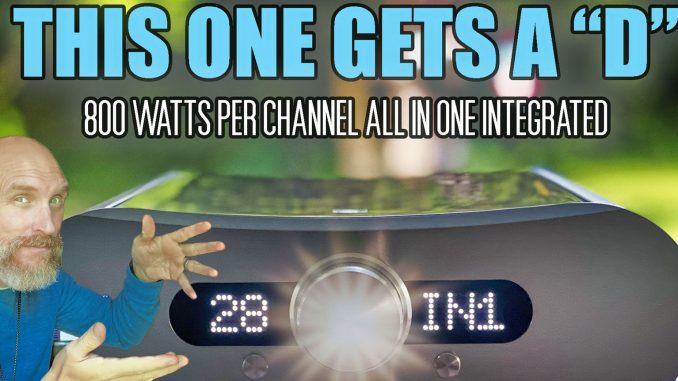
The Gato DIA-400S Integrated Amp Review. Audio Art.
By Steve Huff
“Bottom Line: Warm, Smooth, Muscular, Dynamic and EFFORTLESS MASSIVE POWER with an artful design. Made in Denmark.”
The Video Review
From the sleek aluminum front with large display to the silky large volume knob this amp is gorgeous. The curved heatsinks on the side just ooze quality and beauty. I have to say that if I were buying an integrated amp and looks were my #1 priority then the masterfully sculpted GATO 400S is already far in the lead. I prefer it to the design of my $20k reference amp by far.
It’s that sexy, gorgeous and beautiful in person. Pictures do not do it justice. This one will have high a WAF (Wife Acceptance Factor) for sure.
The Gato 400S looks like a modern day souped of version of an integrated amp and that is mainly because it is. This is a true modern day integrated that happens to feature digital inputs and sends power to your speakers via the insanely powerful digital amp housed inside.
This amp is dead silent in operation, runs cooler than most class A or class A/B amps and it offers up tons of power at the same time. You will not hear any buzzing, humming or noise coming from this amp or your speakers with the DIA-400S.
As for this power I speak of, the Gato DIA-400S puts out 400 watts per channel into 8 ohms and for four ohms this beast pumps out 800 watts per channel. This amp can power ANY speaker regardless of sensitivity.
The GATO 400S sits atop another Class D Integrated, the Aavik U-150
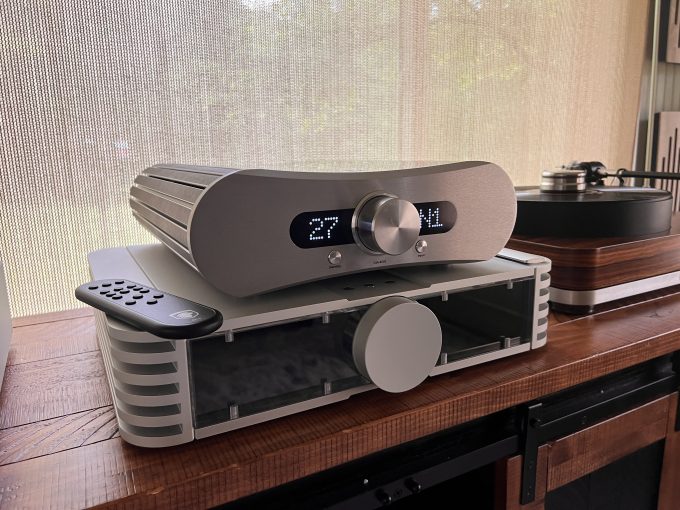
From the Gato Website:
“The DIA-400S amplifier offers a state of the art Class-D output stage with dedicated and optimized switch mode power supplies. The multiple stage power amplifier is built around proven technology from International Rectifier, optimized with a precision high frequency oscillator and PWM modulator. A pair of precision switching MOS-FET transistors, with super low on-resistance ensures the high frequency switching is done perfectly and with as little loss as possible. The output filters are made from quality PP capacitors and low DCR coils, converting the high power PWM signals back into detailed and smooth analogue music.”
Before I get started I want to state that this is a Class D amp, using Pascal modules (which are IMO the best sounding of them all). It’s the same as used in my reference Aavik U-150 that retailed for $20,000.
The Gato comes in at around $4,180 USD and does include a very good DAC but it skips the phono stage.
As it sits, this integrated amp is perfect for anyone wanting a one box solution to stream digital music. You can buy this integrated with a streaming module that also acts as a Roon end point, so it truly is a ONE BOX solution. The upgrade to add the streamer is around $600 USD. The review unit shipped without the streaming module but that is ok as I have a few nice streamers here to use with it during my evaluation.
The review unit shipped to me with a piano black top plate but this also comes in a walnut and white top plate option. Gato can even do custom jobs if you want a bespoke top for your amp.
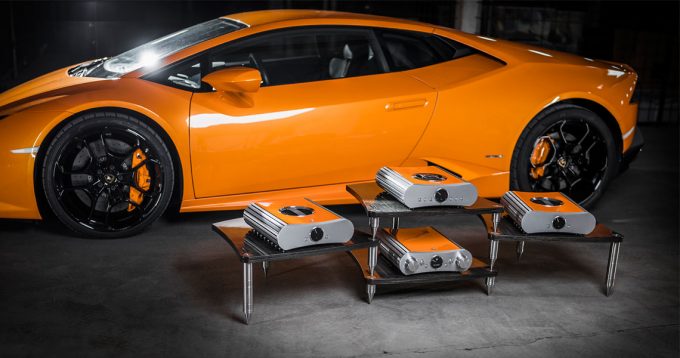
CLASS D STINKS?
I have to state up front that over the years I always had a slight bias against Class D amps. I never heard a class D amp that touched me, moved my soul or connected me to the music in an emotional way. For me, this is important and part of the ritual of listening. I can sit for hours on end just listening to music, discovering new music and the time just flies by when I do this. I really enjoy it. In fact, I spend more time listening to music than talking or writing about it. It’s my 1st passion, so that is what all of these reviews are based on.I really love what I do here.
Not all systems or pieces of gear can connect me with the music in an emotional way so I always look for pieces that can do this. For me this means I look for warmth, glow, and a beautiful midrange that reaches out and touches me.
This $20k Aavik U-150. This one does reach me emotionally. Will the Gato?
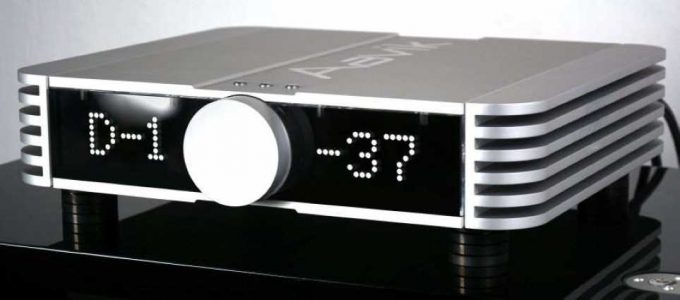
I also need to say that my bias against Class D vanished completely when I heard the Aavik U-150 integrated amp pictured above. I own the Aavik and it is now my reference integrated amp.
While the U-150 was a $20,000 integrated amp when new I was able to snag an as new store demo with full 5 year warranty for less than half off. Oh yes, $9,000 is still a load of cash and yet I have zero regrets on the purchase of the U-150 even though I still owe money on it.
It has been, without question, the finest amp I have ever heard or used for so many reasons. The Phono stage inside of it is the best I have ever heard as well. The DAC inside of the U-150 is about the equivalent of a $4-5,000 DAC. This is a true all in one solution but it will cost you dearly to pick one up, and it will be used as they are no longer made.
Again, I never heard a better sound from ANY for my tastes amp wether it is an integrated or separates. It’s that good and it completely changed my thoughts on Class D amplification. These days I feel Class D is the future of high end audio as I have now heard just how good it can be. My hope is that this kind of Class D sound will eventually trickle down into more affordable integrated amps. I guess it already has in this GATO.
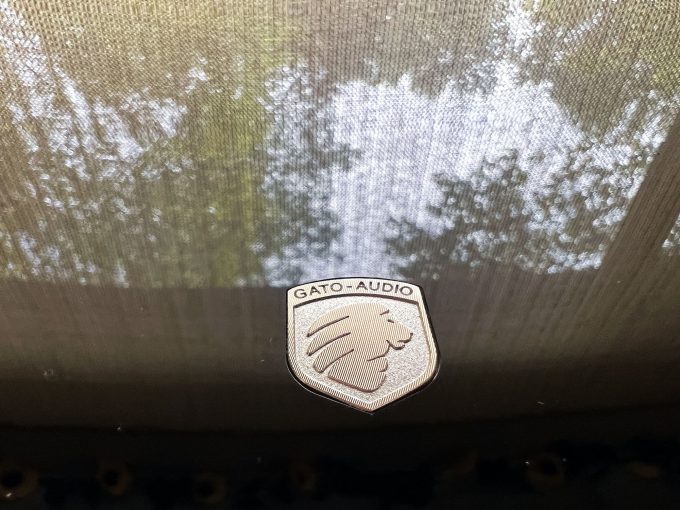
Oh, and this is the latest version of the DIA-400 now the “S” version which GATO says stands for “Super”. Here is what was changed from the prior version:
- The 400S now has an optimized mains filter
- Improved general and local power supplies
- New input stage
- Improved output stage
- New analogue stages in the D/A converter
- Improved digital signal routing
- Updated firmware
- Improved connectors
- Incorporated aptX Bluetooth module
From GATO: Even though the DIA-400S is a rather expensive amplifier, it dares to be compared directly to exotic Class-D amplifiers at twice or four times the price. It features the best Class-D amplification technology available and combined with our delicate analogue circuits – the result is absolutely world class sonic performance. The DIA-400S is recognizable by its clock like ring around the solid volume knob.
Awesome, as I am about to compare it to a 4X more expensive class D amp also made in Denmark!
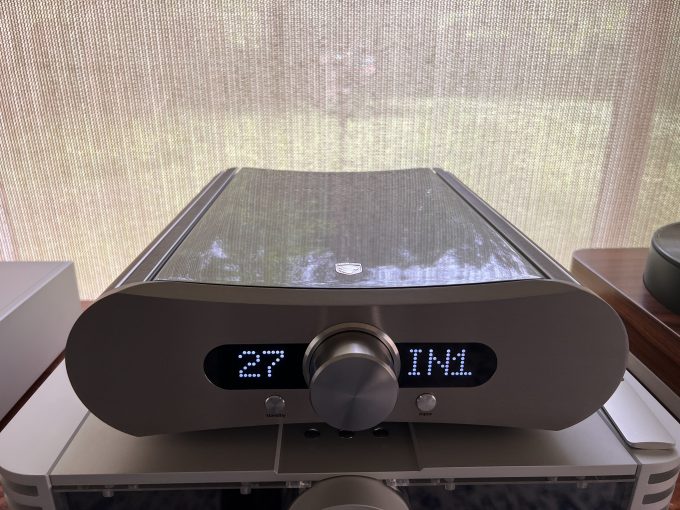
THE 400S ARRIVES
When I was contacted by GATO they asked if I would like to review their reference Class D integrated amplifier. I was all in as I was so curious how it would compare to the Aavik for much less.
When the 400S arrived I unboxed it and immediately admired it for its design and looks. In this area is easily bests the 4X as pricey U-150 which looks more industrial in comparison. The Piano black top looks absolutely stunning. The volume dial is smooth and the display is Aavik like with the digital LED info presented in blue. There is some weight to this amp but it is not one of those 80-100lbs beasts.
The 400S was easy to lift and move but it wasn’t a hollow feeling lightweight. It feels like a very well made piece of HiFi.
I noticed the GATO shipped with a rather nice remote control. Metal, slim, solid and easy to use. The Aavik ships with a pretty pathetic $10 Apple remote from years ago, much like the Heaven 11 Billie I reviewed a while back. While it was just fine with the under $2k Billie…for the $20k Aavik to ship with this same cheap remote is ridiculous. It’s the only con I found with the Aavik and yes it does cheapen the user experience a bit.
The GATO remote ROCKS, one of the best I have used due to its flat slim profile but I have seen one like this before, I just do not remember where. It’s a good one.
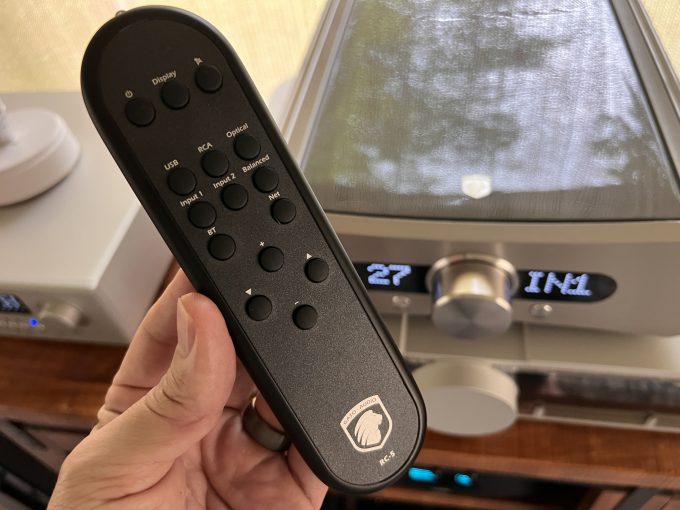
I first set up the 400s just like my U-150 Reference. My streamer (Lumin U2) and DAC (T+A DAC 200) going into the GATO’s RCA in. The speakers in use are the Focal Diablo Utopia Color EVO.
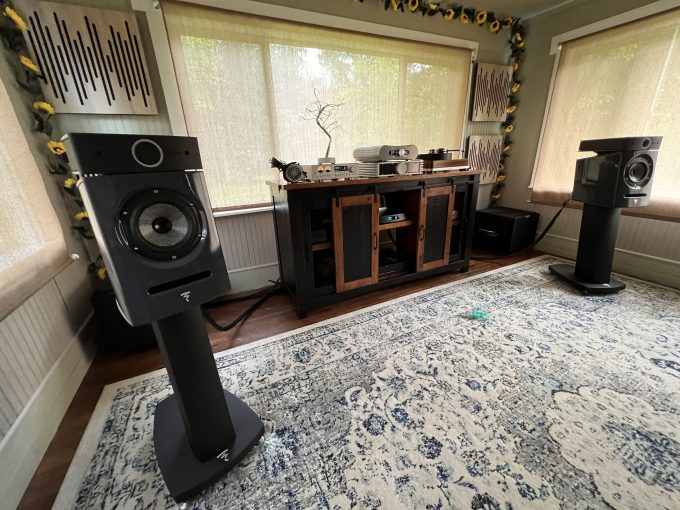
The sound was immediately different from the Aavik but I knew I needed to run this amp in for a few days before I made any comparisons. Out of the box, fresh, it was a bit crystal clear, lean sounding and with some smoothness going on at the same time. It sounded a bit flat and uninspiring. Again, fresh out of the box and right off the UPS truck. Most who own this amp say it needs 400 hours to fully reach its potential.
I knew some run time would help in this area so I let it run for two weeks 24/7 in a separate much smaller system.
When I brought it back in to the main system after a couple of 24/7 weeks (336 hours) the sound was much different. With the GATO burn in is real and this amp takes a little time to truly open up and flesh out. Probably just a few days of normal listening will do the trick but after two weeks it was ready to roll.
Now the sound was much larger, smoother and had more life and energy. It still didn’t sound quite like the Aavik but it sounded so much nicer than out of the box and wasn’t that far off from the Aavik sound. The 400S had body, warmth and was still very smooth, much like the U-150. I also knew that this integrated amp was not one I wanted to rush to review. Nope, I wanted to take my time, savor it, learn the sound and find the weaknesses. I was intrigued.
The T+A DAC 200
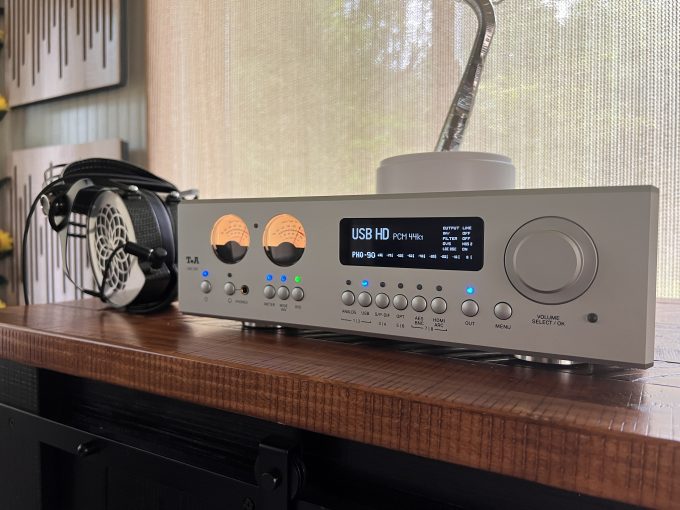
Listening to plain old Spotify first, streaming to the Lumin U2 and into my DAC 200 I was blown away by a track that popped up at random. Never hearing of this band I fell for the rich ambient mix and was truly blown away by how large the soundstage was, how smooth it was, how deep it was and how there was zero fatigue. The sound was warm, rich, plump and detailed all at the same time.
The Lovecraft Sextet’s “Embrace the Void” was truly an experience with the Gato 400S powering the Focal Speakers. While this is not the kind of music I normally listen to I sat there an listened to a few tracks from this album. The sound quality was expansive with deep bass and impact. It was spatial and ethereal.
Just for kicks I hooked up the Aavik again to hear the difference and there was a difference. The Aavik was warmer and richer still but the difference was not as huge as one may think. There was a similar vibe and sound going on. The Aavik seemed to just bring a little bit more detail and air while being tonally thicker. More inner details and texture going on with the Aavik.
The GATO was just a bit leaner than the Aavik but just as smooth. Remember, I am comparing a $20,000 Integrated to a $4,000 Integrated. The fact that the Gato gets close is pretty awesome.

Listening to some more familiar tracks I was really impressed with the sound from the Gato.
The GATO is not thin or lean and in fact, if I compared it to say a MICHI X3 the GATO would have more body, warmth and smoothness on tap with much more sense of power and ease. There is an effortless flow to the music which I always love and this is due to the big power here on tap. It just takes control of my Focal Diablo Utopias and makes them sound like fluid warm leaning speakers but with some life and energy thrown in as well.
The GATO had a little more get up and go vs the Aavik U-150’s more fluid organic presentation. There was some serious boogie going on with some pretty amazing dynamics as well. This is a dynamic sounding amp with no listening fatigue in this system but I will say that if I threw on some bad recordings, well, they still sounded bad. This amp will not sweeten up or add a flavor to the sound. This is not a romantic sounding amp but it also doesn’t sound analytical or dry/lean. It’s pretty balanced from top to bottom.
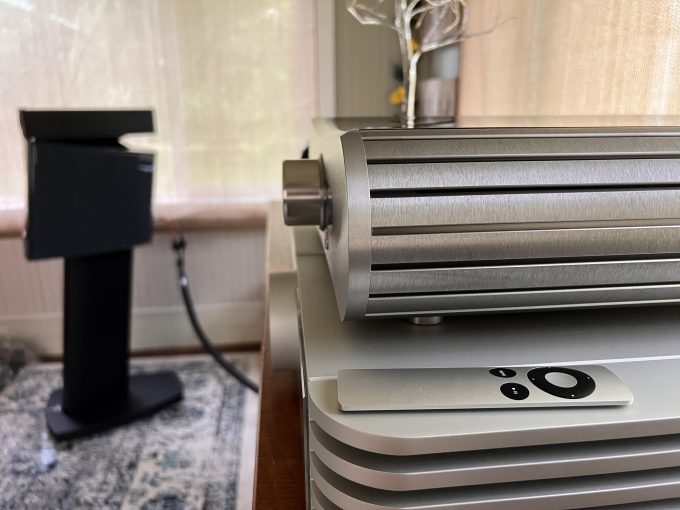
As I listened night after night I was indeed connecting with the music on an emotional level. Even so, I could tell this was a Class D AMP due to the very smooth midband and while the top end was nice and extended it wasn’t really as airy or holographic as the Aavik or the best class A or AB amps I have heard. But hey, I have to remember the cost of the Aavik ($20k) and the cost of the GATO ($4k).
Next up I switched to the internal DAC of the 400s and removed my reference T+A DAC 200.
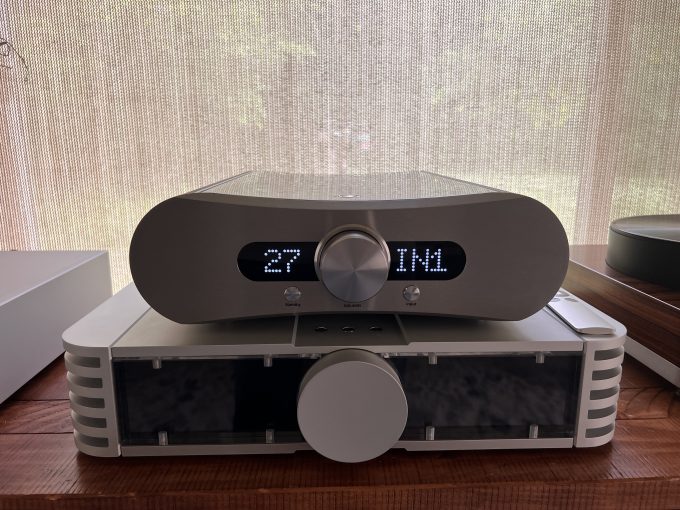
While listening to the GATO as a true all in one digital solution it started to really make so much sense. This is how it should be used, as the DAC inside is really good. It’s not up to my T+A DAC 200 but it doesn’t have to be as this piece is all about beauty and the simplicity of having one box.
Beauty of the design, Beauty of the sound. The beauty of simplicity.
This is truly for those who want one box to do it all and it does these things extremely well. It’s not going to be purchased by super picky audiophiles who want a seperate box for everything. This is about ease of use, musical performance, gorgeous looks and having ONE BOX! This means you can save on cables as well as if you purchase with the streamer all you will need is a power cable, and one ships with the amp itself.
As I entered my third week with the GATO 400S it was sounding better than ever and I told myself I was a fool for thinking I needed more than this in my system! I was thoroughly enjoying this amp and the longer I listened the more I appreciated what it was doing.

Listening to The Folks that Live on the Hill by Ann Hamptom Callaway brought forth a big and ever so musical vocal performance that had me entranced for a few moments. It sucked me into the performance just as all great amps do. It’s crazy as the Focal Diablo Utopias can be finicky speakers to tame. That Beryllium tweeter has a tendency to be a touch bright with the wrong gear and yet the GATO brought some warmth to them which was PERFECT!
The built in DAC of the GATO 400s while not as rich, open or detailed as the T+A was VERY nice for an internal. The DAC inside of the 400S is a 24/192 DAC and sounds lovely. No it will not do DSD but it is a DAC that is very smooth, spatial and wide open. In fact, it sounds almost as good as the DAC inside of the Aavik, which Aavik calls World Class.
This is not one of those pieces that sound “digital” with the built in DAC, and in fact, this is what really surprised me. I expected the internal DAC to be subpar as I hear many “all in ones” that have a subpar DAC inside. What this tells me is that GATO is serious about this being a high end reference all in one. Yes the T+A DAC brings further improvements but the DAC here in this unit is FANTASTIC for what this cost.
Lumin U2 Streamer – Review in Process
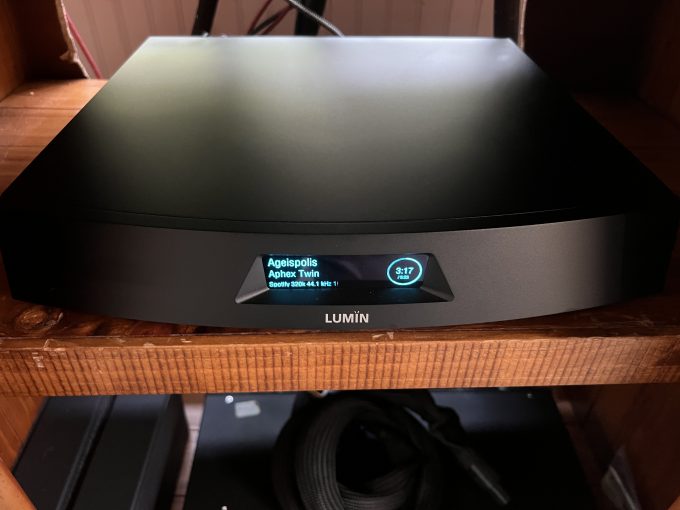
With the GATO and Aavik using those Pascal Class D modules the Focal’s never sounded better to me. While the Aavik sounds a bit richer, wider and with more depth and inner details the GATO is all about musical flow, smoothness and all of this comes from a dead silent background. It sounds high end in this high end system and I have heard amps in here that cost 5X what this one does. Were they better? No, just different.
Looking back at all of the “all in one” solid state integrated amps I have heard up to $8,000 none have impressed me more than the GATO DIA-400S. It’s a gorgeous design, build is fantastic, it looks and feels high end and the sound after some burn in is simply gorgeous and effortless. I prefer it to other integrated amps I reviewed such as the Michi X5 and HiFi Rose RA180, and it costs less. The reasons I prefer it is due to the design, simplicity, lighter weight and the POWER!
This is a supremely musical amp and if you heard from others that this one sounds flat or bright that is not the case at all for me here. Out of the box it exhibits some of this behavior but after a few days and being warmed up it’s a very rich and smooth sounding amp with a perfect mix of warmth and detail.
Of course what you get from this amp will depend on you speakers and setup. What I can say is that the GATO DIA-400S did remarkable with Focal Diablo Utopias as well as KEF R3 Metas in my 13X18 space. The sound was clean, effortless, had warmth in the mids and a smoothness that ensured there would be no listening fatigue. I could and did listen for hours on end.
The GATO 400s also has bluetooth built in if you want to be extra simple and just stream via Bluetooth. I tried this and while it worked great the sound was not nearly as good as using my Lumin U2 streamer into the GATO DAC. With BT the sound was flatter and thinner. Going back to a proper streamer bright back the life, richness and musicality but I am nitpicking here really.
As for soundstage, the GATO 400s paints a fairly wide soundstage but it’s not quite as defined as what I get with the Aavik nor as tall. With that said, the stage here is wide and has some layering going on. The imaging is not etched at all, but more subdued and natural. We hear texture and a sweetness with power and kick behind drum beats. The amp never sounds forced or as if it is struggling. It doesn’t shriek or get hard sounding when the volume is turned up either.
This is a high end sounding high power amp with no harshness at all and I feel this is a signature of the Pascal modules. The reason they sound different in the GATO vs the Aavik is all due to the implementation in each amp. Both of these amps deliver the musical goods. One was $20k new the other is $4200 new. Yes, I prefer the Aavik for its sound and the built in phono stage but if my Aavik went away I could easily live with the GATO 400S.
As I continue on this audio journey I am still learning so much. Evan after 35 years of being into audio I am still amazed at some products that come along. What I have learned over the last several months is that the Class D amps of today are so much better than the Class D amps from say 5-10 years ago. I mean, MUCH BETTER as in yes they do compete with Class A and A/B designs. The fact that I chose a Class D for my REFERENCE still boggles my brain but I can not argue with the sound I hear.
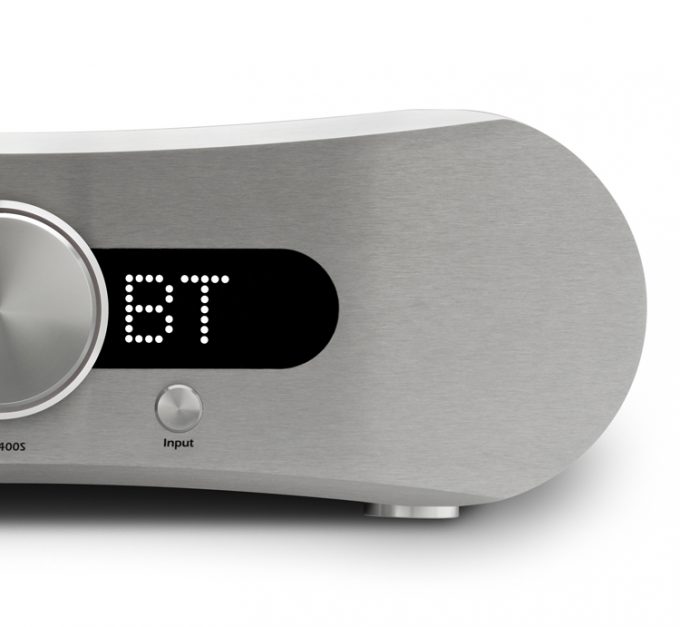
So what are the benefits of a really good class D deign?
They run cooler than A or AB.
They have crazy power to drive any speaker.
They have a smooth sound that is also quite musical.
They are lighter than the big behemoth amps.
They are dynamic and effortless sounding.
They can do soundstage and imaging and some of them have tube like qualities.
They will not make your electric bill climb like Class A. They are not 100lbs.
Yes, there are many pros to a quality Class D amp like the Gato and Aavik designs.
At the same time there are many class D amps out there today that still sound flat, grey and un-involving. The GATO 400S is one of the good ones, the better ones, one of the best I have heard. This is a fantastic all in one integrated and while it loses out on some sparkle and all out three dimensionality to some of the Class A and A/B designs it has plenty to make up for that as it still sounds beautiful and has its own inner glow and beauty.
The remote is fantastic, the amp is easy to set up and use and everything about it is quality. This is no PS Audio Sprout my friends as this one is a true high end audio integrated piece for under $4200 and an easy recommendation if you are looking for an all in one integrated with style, class and the sound quality that easily backs up the asking price and then some.
The Gato 400S compared very well with the Aavik which is a much more pricey integrated. Both made in Denmark, both are beautiful. One was $20,000 new, the other is $4200 new. Yes, this makes the Gato somewhat of a bargain in the HiFi world. All in one seekers must take a look at the Gato!
You can see more about the DIA-400s at the GATO website HERE.

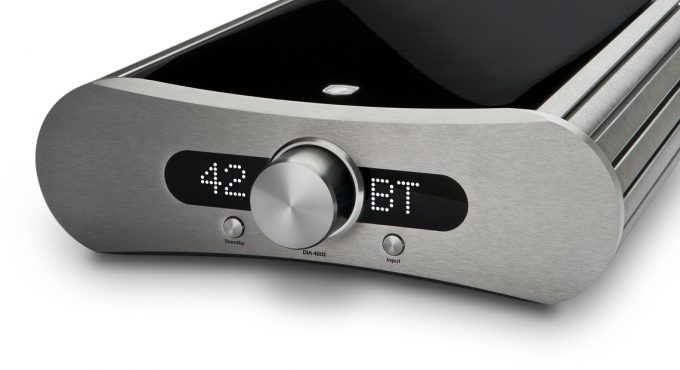


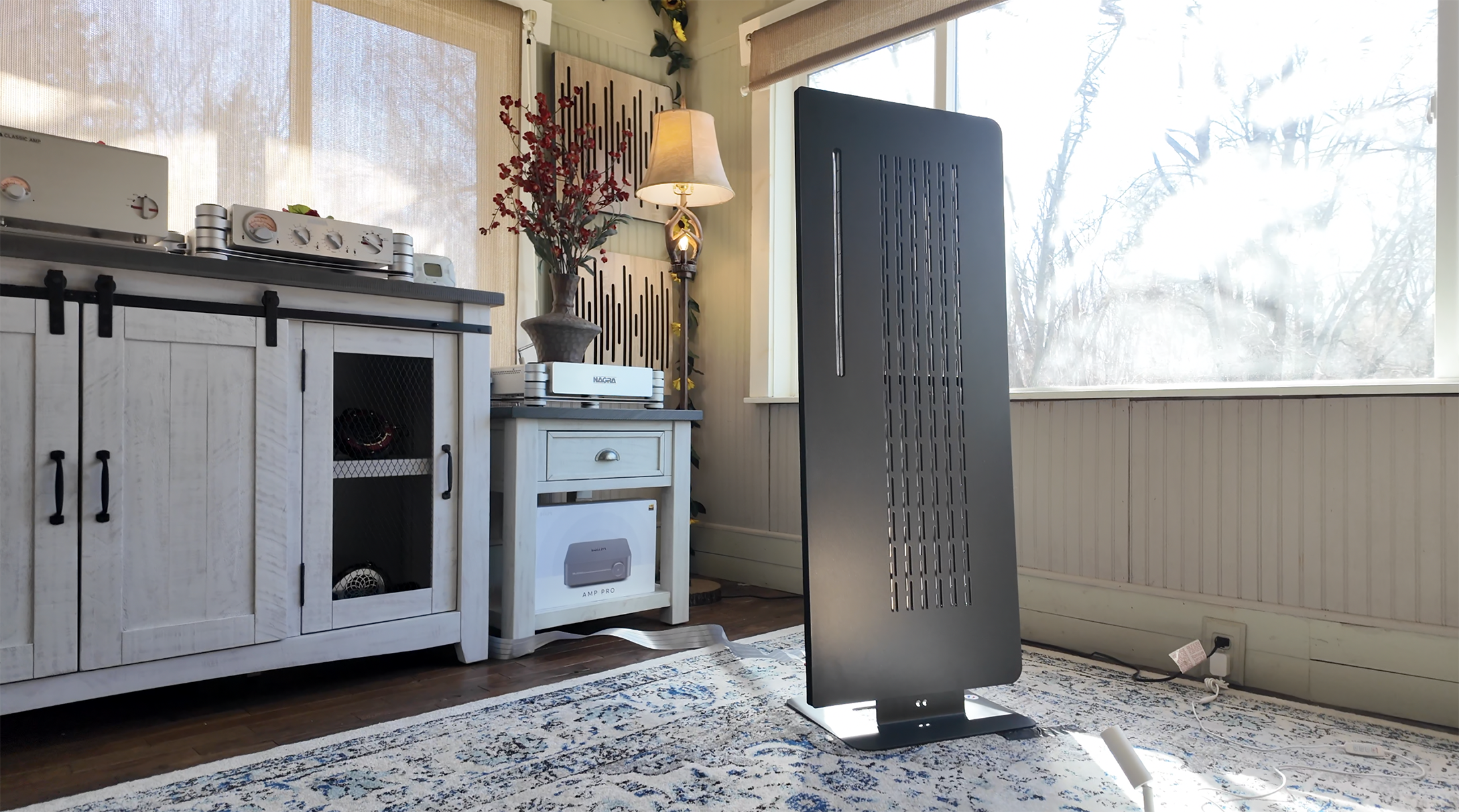
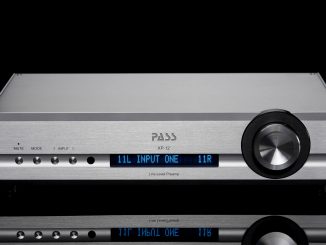
I have some good news for anyone interested, Gato offers a summer discount of $440 on the DIA400s
Thank you for another great review! I really appreciate your sense of style. It shows that you are a photographer. And that translates into your view on audio. You look for beauty.
I noticed the video seems to have been cut of before a real conclusion. This leaves me with a question. And I’m probably not the only one who is always wondering; how does it compare?
I also watched other reviews of amps in the same price range of 2-4k and amps you actually bought. I was surprised and impressed by the Billie II and curious about the Kinki Studio ex-m1. They are all powerfull and push well above their weight.
I just bought a pair of Magnepans (0.7) that are said to be very appreciative of powerfull amps of high quality. And I’m saving up for a really good amplifier. In my room the Magnepans sound rather warm with a lot of bass. It’s not my only speaker. And I have several amps. But it doesn’t match with a 300b. I’ve been on the tube track for a long time.
What I’m wondering is, how does it compare to the Billie and the Kinki? If I look at the Gato website the DIA-250s is very comparably priced and similar to the 400s.
The 400s is better than the 250s according to those who have heard both. The 400s is warmer in the midband from what I understand. The Billie is half the price and has more punch. The Billie is about punch, bass and FUN though it does have some noise. For the money it’s awesome. The GATO is more “audiophile” in sound. Clearer, bigger soundstage, etc. More power as well. The Kinki is also nice for the price but the GATO is really sweet, made in Denmark and the built in DAC is nice. Really would depend on the sound you are looking for, the speakers you own, your front end source, etc.
Thank you for the elaboration. This really helps. And I think Gato will be the best choice for me. Choosing the right amplifier, or composing a system is an art, trying to get good synergy. And it needs to ‘feel right’. Usually a compromise will always leave you wondering ‘what if?’.
I have a Rose streamer to a Denafrips Ares II and a triple armed turntable with Gold Note Ph10 phono-preamp and Audio Innovations silver transformers (== Audio Note) with some great cartridges (dylp audio RubyII Miyajima Zero) and Genesis VI speakers for subwoofer duty. I made my own monitor speakers that are more open, faster and more revealing than the Genesis, also dipoles and with an AMT tweeter. They are very neutral yet sweet. Digital and vinyl sound very similar in character but vinyl has more space and is more detailed. My current amp, a 40w Chinese made translinear current amp has no problem revealing that.
And then I recently bought my long time wish, Magnepan 0.7. They sound awesome, incredibly sweet, big and airy but a lot of bass and they take away a lot of the extra detail vinyl brings. They need better x-overs. But what they do not need is more punch or bass. So however much I like the Billie, it’s probably not the choice for me. The square look and the Ice modules are choices of intellect. Not the Heart.
I also heard a comparison between the Gato dia250s and the amp-150 (Youtube, Alpha Audio) and that was also quite a big difference. More space, sweeter more audiophile. And the rounded looks with the wooden top. Yes, that is love at first sight. It’s beautiful, a bit steampunk, organic and simple. I will just have to save up a little longer and then decide 400 or 150…
To round this off: I decided on the Amp-150 AE and while I was saving up I saw a second hand model less than a year old with minor scratches for only €3000. Timing was spot on so I could buy it almost instantly. The seller has a DIA 250 and was happier with that. I want fully analog for my main source is vinyl.
In short it sounds exactly like my old little amplifier only better in every aspect. It is exactly what I hoped for and expected. A lot more power and stunning build quality. Dynamics are great without being aggressive, bass, mids and treble are well defined and have a natural flow, it sounds sweet, open and absolutely quiet. And what I wanted most is threedimensionality. And the Amp-150 AE has that in spades. Space is very wide and deep, pinpoint and with a black background. But what struck me most, with classical music is that I could almost hear the walls of the concert hall. (Stravinsky, Musica Aetherna, Qobuz, high res, Ares II via usb to Magnepan 0.7). Vini vici, that slapping synthetic bass act was no problem either (Genesis VI for subwoofers).
I also like the remote, the knobfeel, the retro dial and just overall feel of value. And it’s not stupid big. It does get a bit toasty and there is a fan inside that is really quiet. You have to put your ear to the case to hear it.
If you can get your hands on this fully analog amplifier, don’t pass on the opportunity to try it out.
Thank you for turning my attention to this great brand.